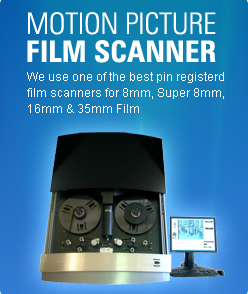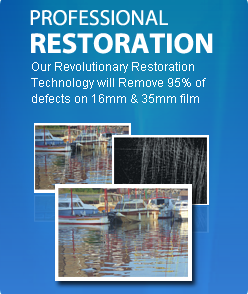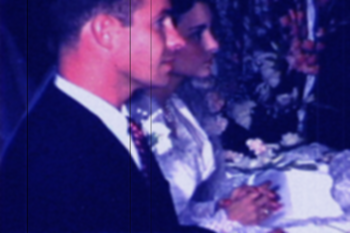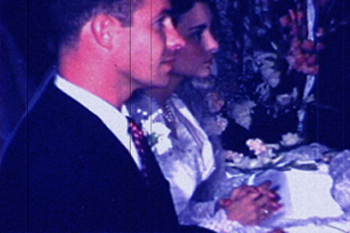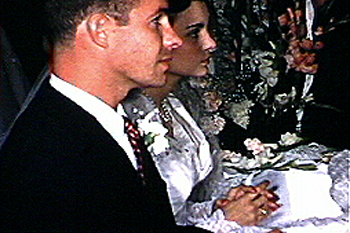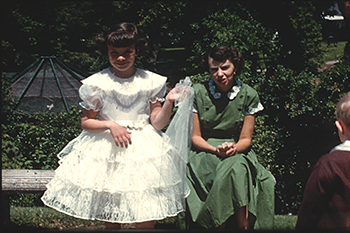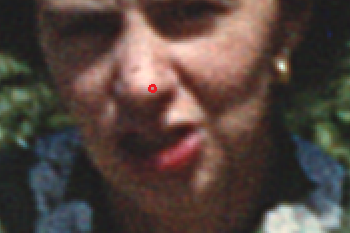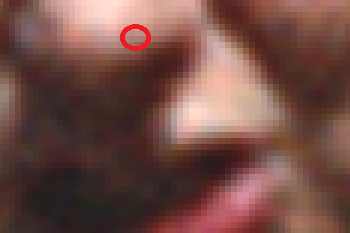
The first table shows how the same film looks using our 4 different processes. You can see that the difference can be significant for our Orem customers.
The second table presents a case for scanning 8mm and Super 8 film at 2K resolution. In the past year we have done 20 comparisons. Contrary to popular belief, we do see a noticeable difference in quality between our Pro HD and Pro 2K process on 8mm and Super 8 film.
8mm And Super 8 Film Orem |
|
SD Scan
|
|
Pro HD Scan
|
|
Pro 2K Scan
|
|
Pro 4K Scan
|
|
Film Resolution |
|
Resolution of Film |
|
Film Grain
|
|
Film Grain vs Digital Pixel
|
|
So, for example, if you are looking for the best quality DVD, scan your 8mm or Super 8 at HD. If you are looking to go to BluRay then scan your 8mm or Super 8 at 2K.
Professional films usually have access to the original camera negative in addition to work prints, answer prints, etc. It is always better to scan using the original camera negative.
Orem Fun Facts: Orem, Utah, in Utah county, is located 340 miles NE of Las Vegas, Nevada. The city is included in the Provo - Orem metropolitan area. As of the year 2000 census, 84,324 people resided in Orem. Orem, Utah, in Utah county, is located 340 miles NE of Las Vegas, Nevada.
Utah Fun Facts: Utah became the 45th member of the union on Jan. 4, 1896, with Salt Lake City as its capital. Utah is known for having some of the best skiing in the country, and the mountains near Salt Lake City receive an average of 500 inches of snow per year. During the 19th century many Mormons settled in Utah, and today approximately 60 percent of state’s residents are members of the church.
